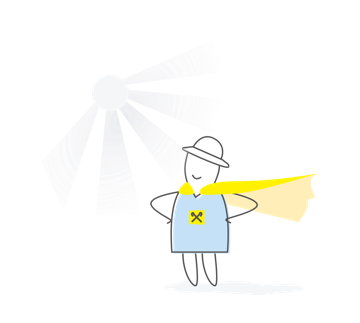Business development in terms of the Theory of Constraints
How to establish business processes with the help of the Theory of Constraints so that the company will successfully develop and build up its client portfolio, says partner, CEO of Apple Consulting, Julia Plieva.
The theory of constraints (TOC) is a philosophy of business management, based on the understanding that business success is due to a small number of factors (constraints) and the ability to effectively manage them. Its author is Israeli scientist Dr. Eliyahu Goldrath. The world learned about the theory of restrictions back in 1984 thanks to its business bestseller META (The Goal).
The fundamental principle of TOC is that any system always has only a few key factors or limitations that determine its performance. And only the ability to identify and maximize work limitations will allow the business to become more successful.
How to apply TOC key principles in practice?
Five steps
Step 1. Identify the limitations of the system. For example, if all your equipment can produce 10 units of production, and one type of equipment is only five, then the performance of the system as a whole will be no more than five units. Therefore, it makes no sense to improve any production sites and increase the capacity of all equipment, except those that make up the restrictions.
Step 2. Determine how to make the most of the restrictions. Think about how to make the equipment, which today produces five units of production, tomorrow could produce seven or more units of products without investing in capacity expansion. Analyze why equipment is sometimes idle. Perhaps it is idle because of workers' smoke breaks, breakdowns that cannot be repaired, and the like. And if instead of one shift work on it in several shifts? Then you can make more products. So at this stage, it is necessary to make a lot of managerial decisions to maximize the “exhaust” just for limitation, and this is how the result of the entire system is maximized. There is always potential.
Step 3. Adjust all under the decisions made at the previous stage. This is where there will be more challenges and resistances, because you will have to introduce powerful changes in the company. For example, to set up production in several shifts, change the rules for the purchase of components, reduce production batches, and the like.
Step 4. Extend / eliminate system limitations. At this stage, you can invest in the purchase of new equipment, since you have done everything to get the most out of the existing one, etc.
Step 5. Return to Step 1. Eliminating one restriction, others will appear. It `s naturally. And it is following these 5 steps that starts the process of continuous improvements in the organization.
Five TOC Focus Steps
1. Determine the limitations of the system.
2. Determine how to make maximum use of restrictions.
3. Adjust all to the business decisions made at the previous stage.
4. Expand / eliminate system limitations
5. Return to the first step and determine what other limitations the system has
Five TOC Principles
No changes are possible until the system of thinking within the company itself changes. To do this, follow the following TOC principles:
1) Любая организация может быть существенно улучшена, ведь каждая система имеет встроенный потенциал и простоту. То есть любая сложная система управляется небольшим количеством факторов, понимание которых и влияние на которые дают наибольшие результаты.
2) Any limitation can be overcome.
3) Compromise is a weak solution. Win-win is always possible.
4) The business is built a priori uncertainty. You can calculate a lot of forecasts and conduct large-scale studies, but the realities will make their own adjustments. Therefore, you need to eliminate all the policies and rules of the company that make it slow. The company must become very fast and create the ability to properly respond to unpredictability in the external environment.
5) It’s not people who act badly, but bad rules, policies, and indicators in a company force a person to do that. Therefore, it is not people who should be changed, but rules and policies.
Understanding and using the principles of the Theory of Constraints makes it possible to make both business processes in the company and the business itself more efficient.















